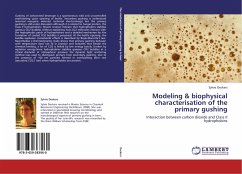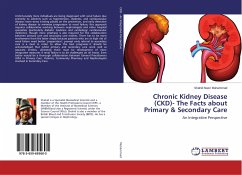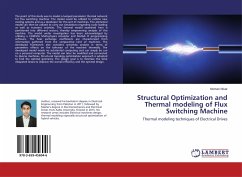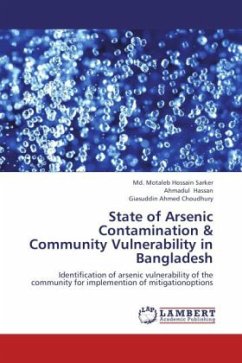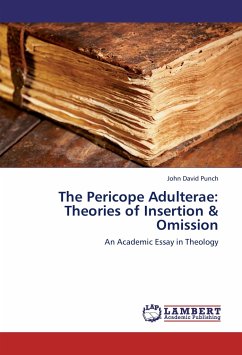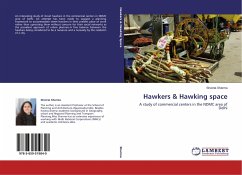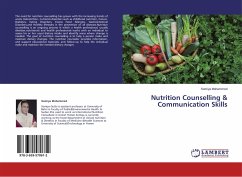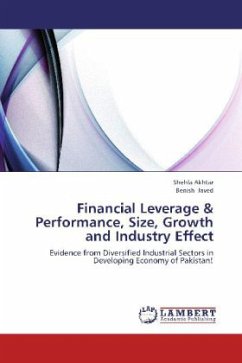Gushing of carbonated beverage is a spontaneous wild and uncontrolled overfoaming upon opening of bottle. Secondary gushing is understood (external inorganic material, technical shortcomings) but the primary gushing is still under discussion although it is related to fungal protein, the Class II hydrophobins. Recent reviews indicate that hydrophobins stabilize gaseous CO2 bubbles without explaining how.CO2 molecules interact with the hydrophobic patch of hydrophobins and a detailed mechanism for the formation of coated CO2 bubbles is proposed. At the bottle opening, the bubble explosion (nanobomb effect) is described by Boyle-Mariotte's law. Nevertheless a thermodynamic study shows that primary gushing behavior with temperature does not fit in practice and indicates that beside the chemical binding, a lot of CO2 is linked by low energy bonds, broken by agitation energy.Since hydrophobins stabilize gaseous CO2 bubbles at a critical diameter at atmospheric pressure the dynamic light scattering method was used to distinguish primary from secondary gushing, due to the presence of 100 nm particles formed in overfoaming after rest (saturated CO2,1 bar) when hydrophobins are present.

